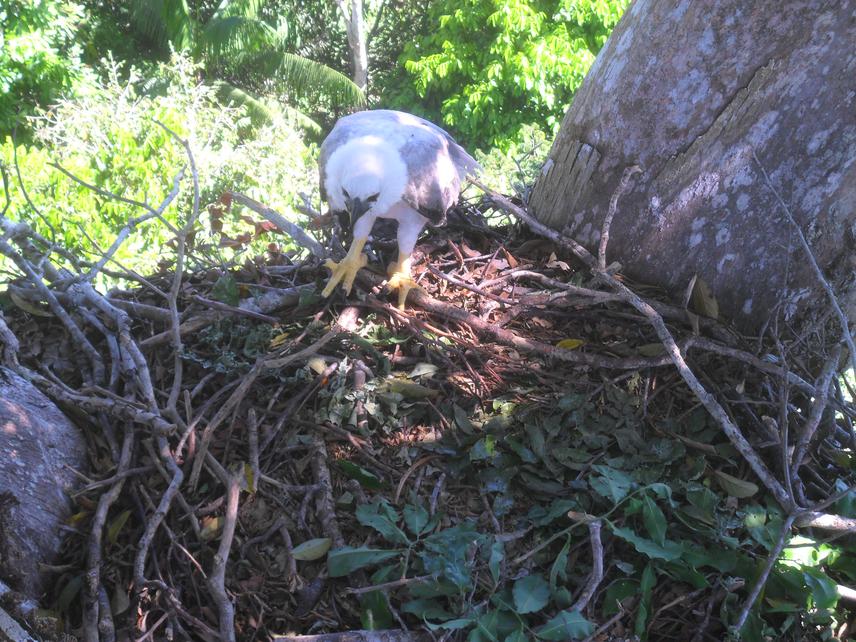Everton Bernardo Pereira de Miranda
Other projects
We will address tasks related to harpy eagle conservation, assembling data on livestock predation, and eagles as an additional income resource for local people, using ecotourism.

Apex predators are considered keystone species, and are threatened all over the earth. In areas where prey is becoming scarcer due to human hunting and/or deforestation, the effects of such losses contribute to the direct decline of predators due to lower carrying capacity. Under such circumstances, the killing of domestic animals can rise, elevating retaliatory poaching.
The harpy eagle is considered Near Threatened by IUCN, by habitat loss and poaching in retaliation for domestic animal predation. As with other apex predator, they have high ecological requirements, consuming a raw amount of over 800g of prey daily. They are the largest extant eagle on earth, weighing between 4.8 to 7.6kg. Harpy eagles are disappearing from entire ecosystems, and have nearly vanished from Cerrado and Atlantic Forest of Brazil. In a deeply defaunated landscape, they are threatened by retaliatory killing arising from previous predation of domestic animals, by habitat loss, killing for food, and, astonishingly, by curious settlers that want to see them closer. In Amazonia it is persecuted due to threats to livestock and pets. In this study we will address tasks related to:
(a) harpy eagle conservation, assembling problem-solving data on livestock predation;
(b) harpy eagle effects on forest communities, monitoring its effects on scavengers and prey;
(c) harpy eagles as an additional income resource for local people, using ecotourism.
Thousands of people in the Amazon want more prosperous and stable lives, and the means by which they will achieve this will determine nature’s baseline conditions across much of this ecosystem in the future. The region has potential to benefit from harpy eagle nests as an ecotourism product associated with the Amazon forest, and, for the human inhabitants providing a visible and concrete financial value for its preservation, and creating a sense of identity and ownership while positively incorporating the animals into local economies. We hope that these measures will improve the relationship between stakeholders and predators, give the Amazon forest a concrete economic value, and increase local income, as well as generating conservation-relevant information for a threatened species.